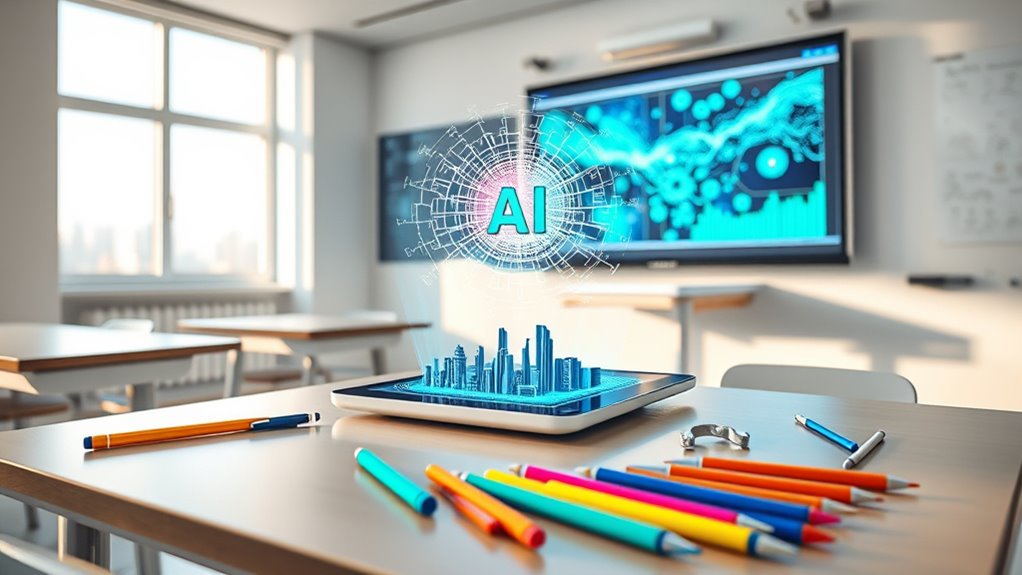Plunging into the future, classrooms across the U.S. are gearing up to teach students about artificial intelligence, or AI. The government’s got a big plan to make sure kids learn about this tech. They’ve drafted an executive order to bring AI into K-12 schools with help from federal agencies. A special White House task force, made up of officials from different departments, is leading the charge. They’re looking at using existing federal grants to fund these efforts and want to team up with businesses, colleges, and nonprofits to build AI know-how.
Teachers aren’t being left out of this push. There’s a plan for a Teacher AI Literacy Program to keep educators in the loop with ongoing training. The National Science Foundation might take the lead in creating materials for teachers. They’re working with many groups to make sure the training’s fair and balanced. Feedback will help spot any biases in the materials, and big companies and schools are pitching in with resources to support this learning. Additionally, the U.S. Secretary of Education is tasked with overseeing teacher training funding to ensure educators are well-equipped for AI integration. This initiative aligns with the goal to address critical deficits in AI understanding among educators critical AI deficits.
Students will get to plunge into AI early on in their school years. There’s even talk of a nationwide competition to show off what kids and teachers can do with AI. The goal’s to get students ready for jobs in an AI-filled world while also sharpening their critical thinking skills. But there’s a catch—some worry that richer school districts might get more benefits than others, especially in urban or rural areas. Current data shows that AI usage disparities exist, with only 9% of teachers regularly using generative AI tools.
To help solve this, the government’s pushing for partnerships between schools and private companies. Nonprofits are joining in too, and schools could get resources from top institutions. There might even be grants for AI projects, and experts are helping shape what kids learn in class.
Still, not every school’s on the same page. Suburban districts are often ahead in using AI compared to high-poverty areas. Federal support aims to close this gap by making sure AI education reaches every student, no matter where they live. With targeted funding and effort, the hope’s to level the playing field and bring AI learning to all.









